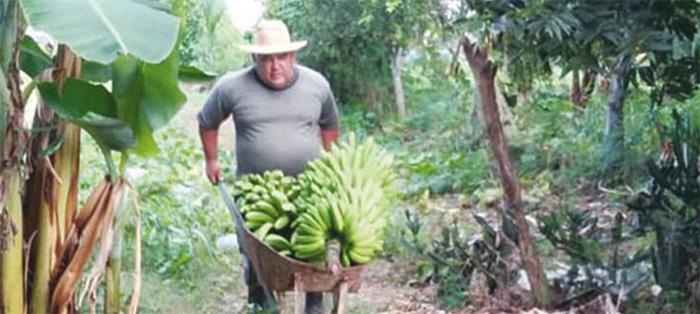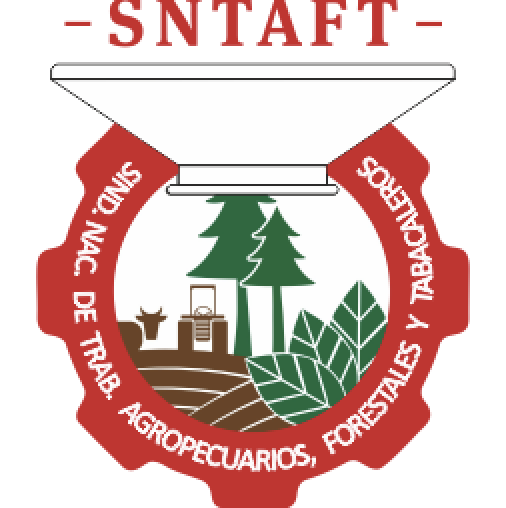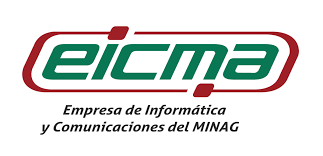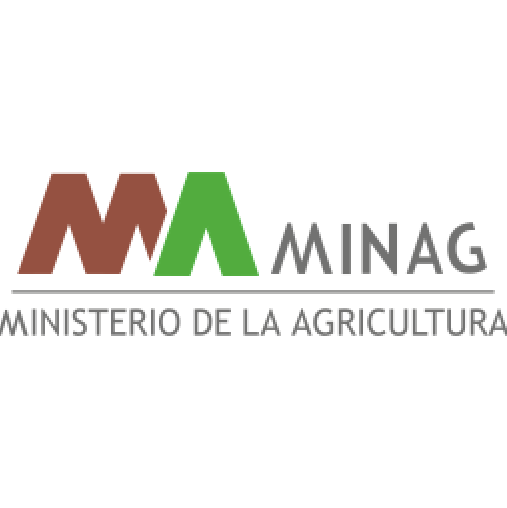GAF
Multiply what is worth
In the last two years, the COVID-19 pandemic has been an obstacle for life to follow its normal course; However, it did not prevent a multilateral initiative, focused on revitalizing the Cuban countryside
In the last two years, the COVID-19 pandemic has been an obstacle for life to follow its normal course; However, it did not prevent a multilateral initiative, focused on revitalizing the Cuban countryside. The Ten innovative initiatives and evidences of sustainable agriculture and agroecology for rural development, scalable to public policies, was launched in 2019 by the Ministry of Agriculture and its associations, together with the Delegation of the European Union in Cuba and the United Nations Food and Agriculture Organization –fao–, in collaboration with technical and financial partners present in the country. Its essential objective was to systematize experiences with the best potential for agricultural development, demonstrated with field tests and evidence. Launched prior to the approval of Cuba's Food Sovereignty and Nutrition Education Plan –Plan san–, its bases are aligned with the purposes of that strategy. From 251 proposals, the committee of experts from different institutions selected 15, based on specific requirements by category: agro-ecological farms, appropriate technologies, and promotion and support methodologies. Of the ten selected farms in the country, two are from the capital: La China, for its Integrated Agroecological Livestock System (follow) and Jibacoa, with its family farming model in an integrated system. In addition to the agricultural practices that they carry out there, one of the values ??of those Havana experiences is to have produced spaces that were previously no man's land, hand in hand with Science. THE CHINA Delivered in usufruct in 2000 and with an area of ??7.10 hectares, in La Lisa, the La China farm is led by a woman, Hortensia Martínez del Valle, who, as a mechanical engineer, made many mistakes, but learned from them. "We knocked on doors, we went to research centers and organizations and, with the help of scientists and her recommendations, we learned to integrate agriculture, livestock and forestry," she says. Diversity is high: six species of animals are raised there, including fish and bees; 15 types of roots and tubers, vegetables, grains, fruit trees, 500 trees and 2 000 living fence posts are grown. With the application of the follow methodology, Martínez puts into practice the principle that each item fulfills an integrating function, the living fences, the barriers, the accompanying vegetation are valued and a rational use of water is made. In this productive scenario, they have managed to develop their registered breeders and stallions and have a soil study that guides the appropriate sowing, conservation and management programs. Among other alternatives, they use organic fertilizers, biodigester, windmills, solar dryer and obtain their own seeds. In addition to providing food to the Roberto Negrín Credit and Services Cooperative (ccs) and being an example to other women, the model used there also includes circles of interest, food donations, articulation with research centers and international collaboration projects. JIBACOA IN HAVANA The Jibacoa farm can be seen from Independencia Avenue (Boyeros), near the Volleyball School. The producer Rolando Corrales, from the Haydée Santamaría ccs, from Boyeros, has given it soul, heart and life. "It was a land that was scary, hardly anyone believed that we could achieve anything," he says, remembering the final days of 2011. To do something profitable, he attended many workshops and took over agroecology and its many practices: water channels, ponds to collect rainwater, minimal tillage and humus. of earthworm to improve the soil, adapting resources that others considered waste. The subsystems it uses are diverse, all related to each other: livestock, protein, forage, ornamental and timber plants, seed conservation, fruit trees - with more than 50, including the least seen such as canistel, caimito, guanábana, medlar, cashew, custard apple , sugar apple, date, walnut and sacha inchi–, medicinal and condiment species, meats, vegetables and organic fertilizers. La Jibacoa is distinguished by the production of seeds, which guarantees their quality and low-cost germination, as well as strengthening resilience to extreme hydrometeorological events. For Corrales, in all this the value of the family is relevant, when it is integrated with the capacities of each one. Thus, Jibacoa has become a leader in its ccs in the production of items such as goat's milk and juices.




